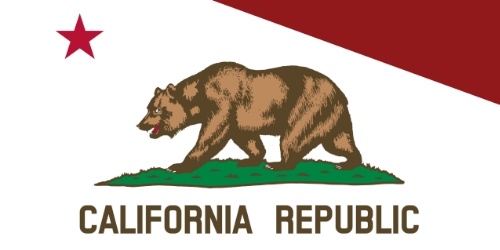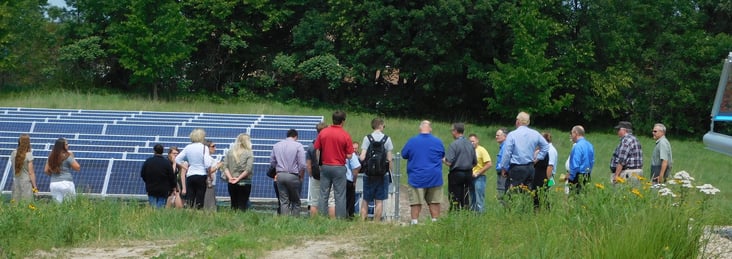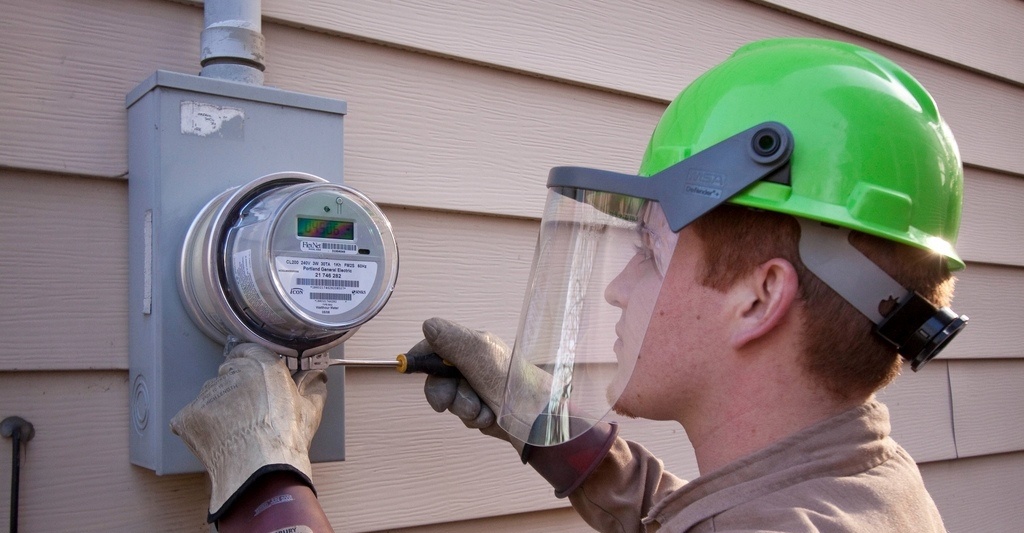In this post, we look at 10 key issues before state public utility commissions (PUCs) this year, from comprehensive energy storage to rate design and utility mergers. For access to PUC dockets referenced in this column in all 50 states, along with state legislative activity, sign up for a free trial of AEE’s PowerSuite. The trial includes a free subscription to DocketDigest, our bi-weekly newsletter focused on the latest PUC advanced energy dockets.

California is currently immersed in a variety of proceedings focused on topics ranging from distribution planning to rate design to energy storage. Arguably the two most consequential proceedings are on Distribution Resource Plan (DRP) - focused on how utilities can value distributed energy resources (DER) - and Integrated Demand-Side Resource (IDER) - focused on how best to source DER needed by utilities and to consider the issue of localized incentives.



